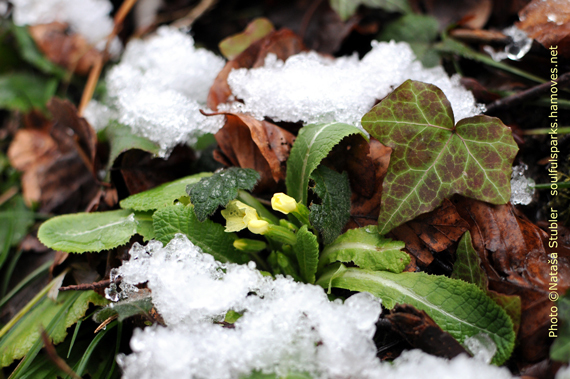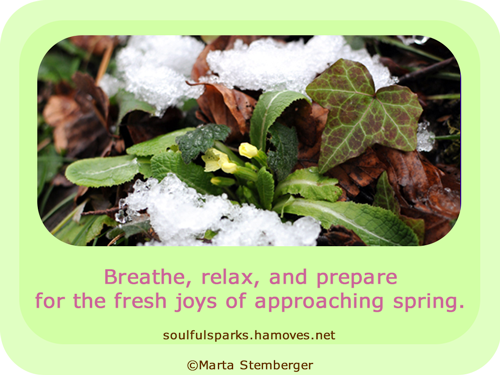"The rose is red, the violet's blue,
The honey's sweet, and so are you.
Thou art my love and I am thine;
I drew thee to my Valentine:
The lot was cast and then I drew,
And Fortune said it shou'd be you."
(From the collection of English nursery rhymes
Gammer Gurton's Garland, published in 1784.)
I was compelled to delve deeper into the origins of the popular practices on February 14, better known as the Valentine's Day. The trace leads to the 18th century England, and then brings us to the 21st century on the wings of commercialism. Well, the earliest written connection between the Feast of St. Valentine in February and the tribute to intimate coupling may be found in Geoffrey Chaucer's Parlement of Foules (1382): "For this was on St. Valentine's Day, when every bird cometh there to choose his mate." Some correspondences also appear in the courtly love movement in France in the early 15th century. And before that? A bunch of legends about several saints named Valentine that have nothing to do with romantic love. But the Roman festivities of Lupercalia, a fertility rite, were in the middle of February.
So is "be my valentine" just another profit-driven hype of the industrial age? What makes an idea survive for a couple of centuries, plus be a consistent money-maker? It has to touch on something that resonates deep in human psyche. Something that feels vaguely familiar, but not quite identifiable by reason.
As a Slovenian living in New York City, I was surprised to see a whole paragraph dedicated to Slovenia under the Folk Traditions section of the Wikipedia's entry about Valentine's Day. Of course I immediately searched through Slovene sites to learn more. St. Valentine, remembered on February 14, is the patron of good health, beekeepers, and pilgrims. As the first Spring saint, he carries the keys to unlock the roots for the farmers to resume work in the fields, orchards, and vineyards. The word "valentine" comes from the Latin "valen", which means valiant or brave. Slovene equivalent of Valentine can be Zdravko; the base "zdrav" means healthy.
February is an odd month in the temperate regions of the Northern hemisphere: the days are perceptibly getting longer, yet, the temperatures are still low outside. We may observe Life slowly waking up from the Winter slumber. Snowdrops and primroses and crocuses push through the cold soil to smile at us. Birds and rabbits and bees begin to be active anew. Nature responds to warmth, and people respond to Light: we may feel a certain release in the Soul as the sunlight hours continue to extend.
The Earth's womb stirs.
Life quickens, eager to unite
the joy of growth,
the strength of thought,
the Spirit alive within me.
When people were fully dependent on the produce from the Earth, the last weeks of Winter could have been harsh. The diversity and quantity of food resources were dwindling down. "Can we make it until the fresh edible Spring fruits are ripe for gathering?" Observing plants and animals and the Sun gave hope. And inspired eagerness to escort the old Winter away, while enticing the shy Spring to come in quicker. Hence a plethora of festivals in February: from the first stirrings in the Earth's womb on Imbolc to turning the common ways upside-down at Mardi Gras carnivals to celebrating Love on Valentine's Day in the middle of the month. These are only a few examples. The Christian custom of fasting from Ash Wednesday (which was last week this year) to Easter Sunday can be understood on existential grounds (rationing the disappearing pantry reserves) as well as spiritual aspirations (anticipating Light's victory over death).
The Soul has learnt much about Love during its Winter sojourn in the realms of feeling, and is now clearing, or rather cleansing, the path to make the insights of the heart visible in the world of matter. In Slovene folklore, the birds start courting in the middle of February but they don't mate until the middle of March, in time for Spring Equinox.
Over to you, dear Soulful Reader:
What does "valentine" mean to you"?

